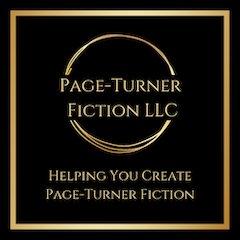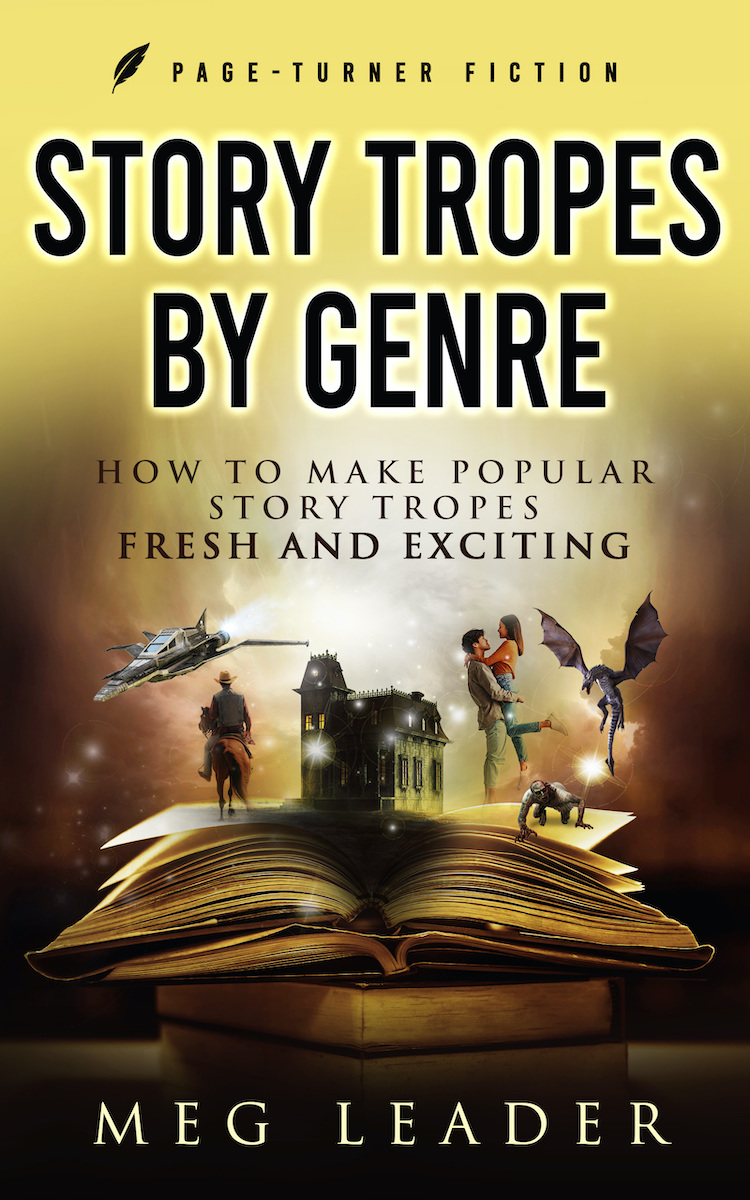How to Make Popular Tropes Fresh and Exciting
Do You Know the Story Tropes for Your Book’s Genre?
Readers have certain expectations when they pick up a book labeled “Romance” or “Science Fiction” or “Mystery”. Those expectations are the “tropes” for that genre—and writers ignore story tropes at their peril when writing!
Imagine a Romance without a satisfying love story conclusion. Or a Mystery that never solves the crime. Or a Fantasy that plays out in the everyday contemporary world with no magic or mysteries. You can’t, can you? That’s becasue those tropes are what define the genre. You can write a good book without a love story—but it won’t be a Romance. And if you try to sell it as a Romance, readers will almost certainly revolt!
Does this mean all stories in a given genre are the same? Or tired rehashes of other books? Not at all! Writers can take those story tropes, twist them, generate a new approach to them, and even combine one genre’s tropes with those of a different genre. All of which adds to the creative appeal of the story while it surprises and pleases readers!
But it all starts with understanding the tropes in the genre you’re writing.
Story Tropes by Genre guides you through the most common tropes for seven major genres, with a fun, highly readable explanation of how those tropes are most commonly used. Then start mixing and mashing tropes across a couple of genres to make them your own and create a fresh story readers will love. Genres included are:
- Fantasy
- Horror
- LitRPG
- Mystery
- Romance
- Science Fiction
- Westerns
Discover ways to make standard tropes fresh and exciting to your readers!

